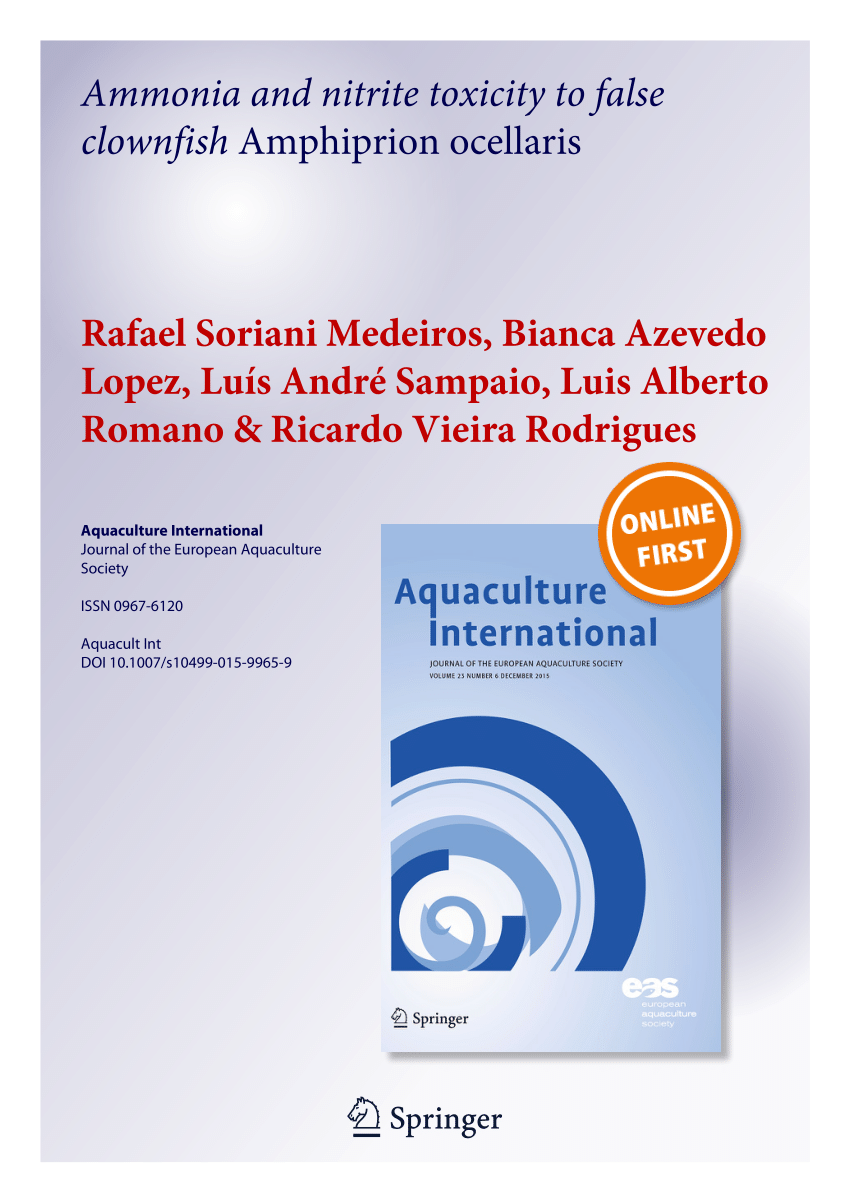the number of fish-in cycles that go untested every day in this hobby is likely upwards of a thousand per day every day, imagine all the sw tanks in the world getting setup like we do and they're all using the same methods we use which is get tank, get bottle bac, read on label it supports fish in cycling, add fish, fish does fine because its not burnt and the label was correct, fish dies of brook or uro or crypto 6 mos later having nothing to do with cycling heh
for us to be able to see, finally, with a good meter what bac + fish in and no live rocks measures will help the hobby it is not a mean test. its one of thousands, but with an intent and a legit use this fish needs treated anyway.
for us to be able to see, finally, with a good meter what bac + fish in and no live rocks measures will help the hobby it is not a mean test. its one of thousands, but with an intent and a legit use this fish needs treated anyway.




















